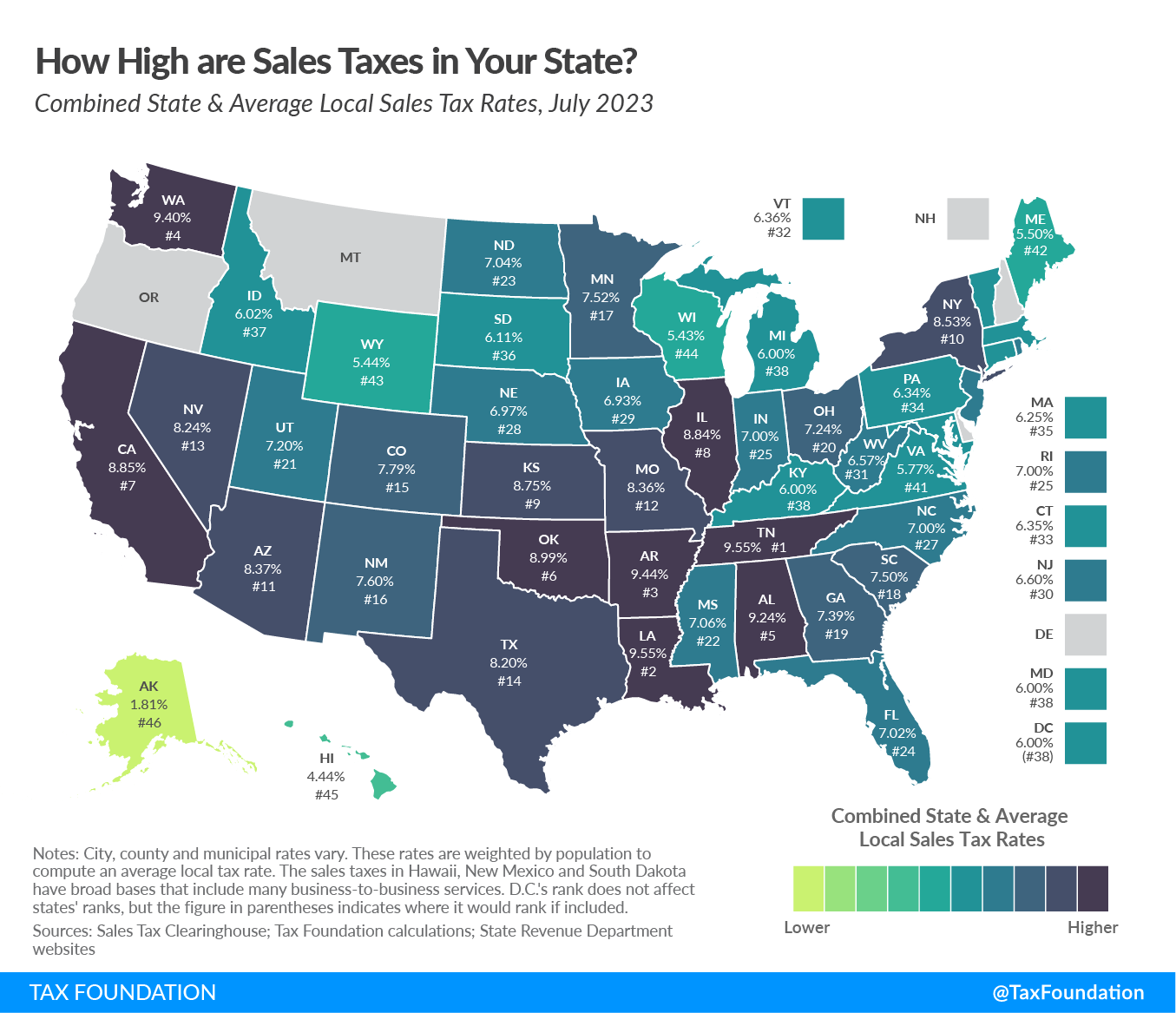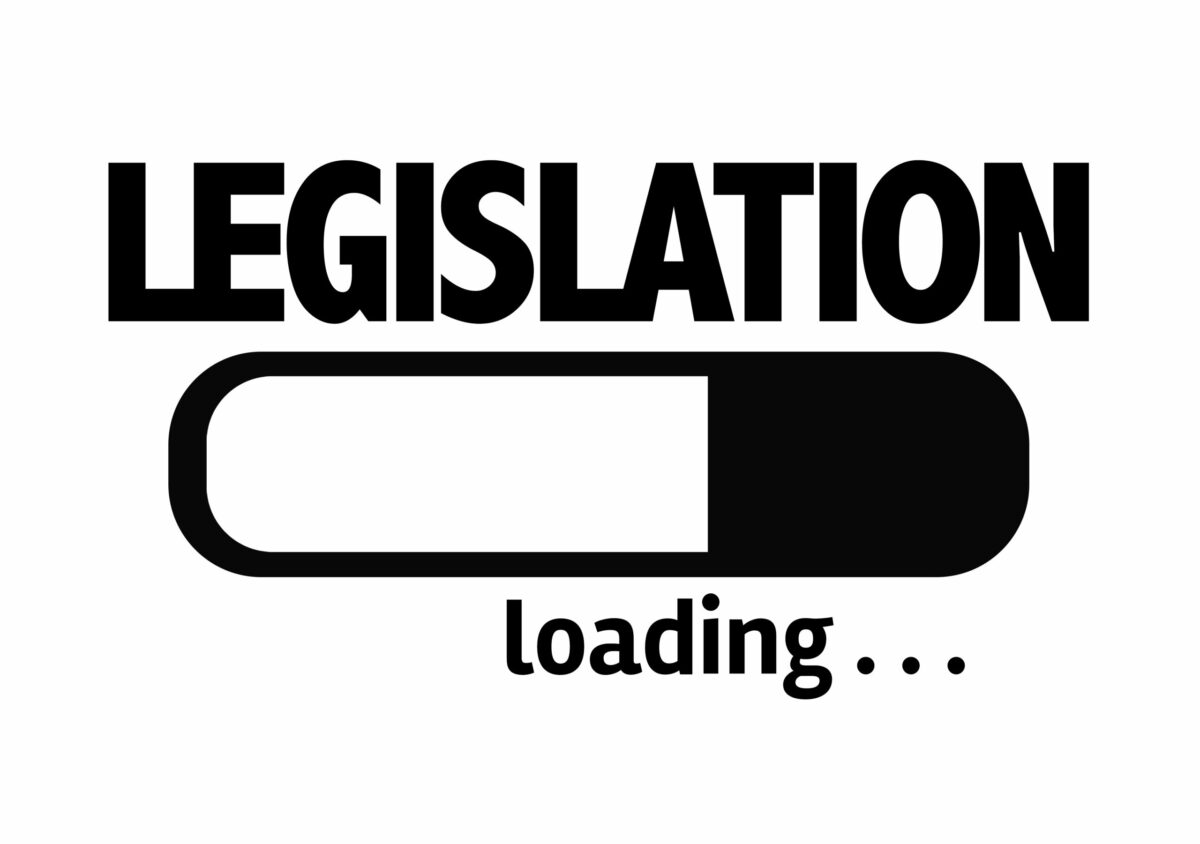Navigating the Customer-Suit Exception in Texas Courts
“Judges Albright’s and Payne’s records to date shows that, in the circumstances where it can apply, the CSE presents a promising option for defendants to seek a stay or transfer of their patent cases.”
Texas has long been home to the busiest patent courts in the country. In the Eastern District, Judges Rodney Gilstrap and Roy Payne have for the last decade-plus seen more patent cases than any other judges in the country. Since taking the bench in 2018, Judge Alan Albright in the Western District has had the most active patent docket, taking 18% of all patent cases in 2022, for example. Much has been written about the judges’ perceived unwillingness to grant transfer motions in patent cases (and resulting challenges to the Federal Circuit) and disfavor of staying cases pending inter partes review. These factors suggest that a defendant in these courts have few options to stay or transfer their case.
But one mechanism for seeking a stay or transfer that is not often discussed is the customer-suit exception (CSE). The CSE applies where (1) in a first lawsuit, a patentee sues an accused infringer who is a customer, reseller, or user of the accused products and (2) in a second, later-filed lawsuit, the same patents and products are at issue, but the accused infringer is the manufacturer or supplier of those products. In these situations, even though the first-filed customer-suit takes precedence over the second-filed manufacturer-suit under the first-to-file rule, the CSE provides that “litigation against or brought by the manufacturer of infringing goods takes precedence over a suit by the patent owner against customers of the manufacturer.” Katz v. Lear Siegler, 909 F.2d 1459, 1464 (Fed. Cir. 1990). Courts applying the CSE either stay the customer-suits pending resolution of the later-filed manufacturer actions or transfer the customer-suits to the venue where the manufacturer suits are pending.
The numbers suggests that, when it applies, the CSE is a viable option for defendants to seek a stay before Judges Albright and Payne, as shown in the table below. Judge Albright has ruled on 14 CSE motions, granting well over half of them, based on data from Docket Navigator and Westlaw. Judge Payne has ruled on nine such motions and has similarly granted over half. But Judge Gilstrap, who has ruled on 16 CSE motions, has only fully granted about a quarter of such motions.
| Grant | Grant % | Deny | Deny % | Partial | Partial % | Total | |
| Judge Albright | 9 | 64% | 3 | 21% | 2 | 14% | 14 |
| Judge Gilstrap | 4 | 25% | 9 | 56% | 3 | 19% | 16 |
| Judge Payne | 5 | 56% | 4 | 44% | 0 | 0% | 9 |
The Judges’ Legal Framework for Applying the CSE
Judges Albright, Payne and Gilstrap use a substantively identical legal test to evaluate CSE motions. First, they consider the three CSE-specific factors: “(1) whether the customer-defendant in the earlier-filed case is merely a reseller; (2) whether the customer-defendant agrees to be bound by any decision in the later-filed case that is in favor of the patent owner; and (3) whether the manufacturer is the only source of the infringing product.” E.g., Fleet Connect Sols., v. Precision Drilling (W.D. Tex. 2022); see also Lighthouse Consulting Grp. v. Truist Bank (E.D. Tex. 2020); Westport Fuel Sys. Canada. v. Nissan (E.D. Tex. 2023). Second, they sometimes consider the four “traditional” stay factors: “(1) whether a stay would unduly prejudice or present a clear tactical disadvantage to the non-moving party; (2) whether a stay will simplify the issues and trial of the case; (3) whether discovery is completed; and (4) whether a trial date has been set.” E.g., Fleet; Lighthouse. But the three judges differ markedly in how they analyze each of these factors.
Whether The Customer-Defendant Is Merely a Reseller
The first CSE factor—whether the customer-defendant is merely a reseller of the accused product, and not involved in the product’s manufacture or design—is a threshold requirement.
Judge Albright has a flexible approach to this factor, stating that the CSE applies beyond “resellers” and extends to customers of the accused products. Decapolis Sys. v. Univ. Health Sys. Servs. of Texas (W.D. Tex. 2022). He has found the CSE also applies to situations where the patentee’s infringement contentions are predicated on components supplied by the manufacturers to customer-defendants who incorporate those components into the accused products. Sonrai Memory v. LG Elecs. (W.D. Tex. 2022) (“Sonrai v. LG”). Judge Albright recently reasoned that a stay under the CSE can apply even if there is only one customer-defendant, not multiple, which appears to be a change from an older 2020 decision of his. Compare Decapolis, with Motion Offense v. Sprouts Farmers Mkt. (W.D. Tex. 2020).
Judge Payne also follows a “flexible approach,” finding that this factor favors stay of the customer-suit even where no reseller-manufacturer relationship exists if the manufacturer and customer suits are “so closely related that substantial savings of litigation resources can be expected [from stay].” Glob. Equity Mgmt. (SA) v. Ericsson (E.D. Tex. 2017). In Ericsson, Judge Payne found the CSE applies even though the customer-defendants were not mere resellers of the manufacturer-defendant because of efficiency benefits, specifically the possibility of one manufacturer suit “singlehandedly resolv[ing] the 30 or more pending EDTx patent suits.” In another, Judge Payne found the CSE applied to a company claiming to only be an importer and seller of the accused products because he found that party, despite being an intermediary between the manufacturer and customers, had the same interest a manufacturer. Westport.
By comparison, Judge Gilstrap finds this factor met only when the defendants share a true customer-manufacturer relationship. He for instance found the CSE inapplicable where the defendant was a distributor of the accused products, as opposed to a manufacturer, because the distributor was “similarly situated to the retailer Defendants.” Salazar v. AT&T Mobility (E.D. Tex. 2021).
All three judges, however, appear to agree that the CSE is inapplicable when the customer-defendant modifies the supplied product. See, e.g., Rembrandt Wireless Techs. v. Apple (E.D. Tex. 2019); Fleet. They all also find that the first factor disfavors stay when method claims are asserted against the manufacturer that would not resolve the customer’s infringement. Judge Albright, for instance, found the first CSE factor was not met where method claims were asserted, because the manufacturer and customer “may use the manufacturer’s product in different ways, or to different extents, such that one infringes a patented method while the other doesn’t.” Fleet. Judge Gilstrap reached a similar conclusion when he held that “adjudication of certain method claims “would not resolve these claims because [the plaintiff] must still prove infringing acts by these Reseller and Customer Defendants.” SAS Inst. v. World Programming (E.D. Tex. 2019); see also Dali Wireless v. AT&T (E.D. Tex. 2023) (Judge Payne reaching similar conclusion regarding method claims).
Whether The Customer-Defendant Agrees to Be Bound
All three judges require the customer-defendants to agree to be bound on all liability findings (including both infringement and invalidity) from the manufacturer lawsuit.
For example, in nine related cases before Judge Albright, six different customer-defendants moved for severance and stay of proceedings pending resolution of three manufacturer cases. Judge Albright granted stay for the four customer-defendants who agreed to be bound on both infringement and invalidity findings but denied stay for the two customer-defendants who agreed to be bound only on infringement determinations. Compare, e.g., Sonrai v. LG (granting stay), with Sonrai v. Amazon.com (W.D. Tex. 2022) (denying stay). The scope of the agreement to be bound was thus the pivotal difference between the two outcomes, as the other relevant facts were identical between the cases. Notably, Judge Albright issued amended orders granting stays once the remaining two customer-defendants agreed to also be bound by invalidity determinations. Sonrai v. Amazon.com (W.D. Tex. 2022); Sonrai v. Google (W.D. Tex. 2022).
Judges Gilstrap and Payne largely follow a similar analysis. E.g., Westport (finding CSE applies where customer-defendant agrees to be bound by result in manufacturer’s suit); Lighthouse (same). In one example, Judge Gilstrap reviewed eight similar requests for a stay based on the CSE. Vantage Point Tech. v. Amazon.com (E.D. Tex. 2015). He was not persuaded by the defendants’ agreement to only “be bound by findings made ‘regarding the technical operation of the chipsets’” because he found that the “agreement” would not wholly resolve infringement or invalidity. He therefore found the CSE does not apply.
Whether The Customer-Defendant Is a Single Source
The third CSE factor favors a stay where the manufacturer(s) in the later-filed manufacturer lawsuit(s) is the sole source of the accused products at issue in earlier-filed customer lawsuits.
Judge Albright has been flexible in his application of the third factor, granting partial stays in cases where the manufacturer-parties supplied only a subset of the products accused in the customer lawsuits. In one example, Walmart sold products from four different manufacturers and sought a CSE stay pending resolution of a declaratory judgment action filed by only two of those four manufacturers. FlyGrip v. Walmart (W.D. Tex. 2022). Judge Albright nonetheless granted a partial stay as to products supplied by those two suppliers, while denying stay for products of the other two suppliers.
Judge Payne is stricter in his application of this factor. He has explained that a “critical question under the customer suit exception ‘is whether the issues and parties are such that the disposition of one case would be dispositive of the other.’” Corydoras Techs. v. Best Buy (E.D. Tex. 2020). When “the answer to that question is no,” “the customer-suit exception is inapplicable.” He therefore denied a stay in that case because the defendant-manufacturer was “not the sole manufacturer of the accused products” because even “if the declaratory judgment action somehow resolved all claims related to [that manufacturer’s] accused products, all of the other [] accused products would still remain in this case.”
Judge Gilstrap has only found that the CSE applies when the manufacturer(s) of the accused products are also involved in litigation but has otherwise denied a stay. E.g., Saint Lawrence Commc’ns. v. Apple (E.D. Tex. 2017) (granting motion to sever and stay and finding persuasive that “single manufacturer is the only entity in the U.S. who makes and sells the only accused products to the retailers”). For example, in Contentguard Holdings, v. Google, Judge Gilstrap explained that “resolution of Google’s declaratory judgment action would not be dispositive of the Amazon Action” because “Google is not the only supplier of allegedly infringing technology in the Amazon case.” (E.D. Tex. 2014). Similarly, Judge Gilstrap stated in another case that when some, but not all, of the products overlap between the customer and manufacturer suits such that the “alleged infringement does not completely coincide” between the two suits, the CSE does not apply. Intertrust Techs. v. Cinemark (E.D. Tex. 2020). Judge Gilstrap has also denied a CSE stay “[w]here a customer is sued for infringement based upon accused products it purchased from multiple unrelated manufacturers [because] the customer is the ‘true defendant,’ not any single manufacturer.” Fractus v. AT&T Mobility (E.D. Tex. 2019).
The Traditional Stay Factors
The three judges do not always consider the traditional stay factors, but when they do, the factors lead to the same conclusion as their analyses of the CSE stay factors.
The first two traditional factors (patentee prejudice and issue simplification) often follow from the analysis of the first two CSE stay factors (whether defendant is a reseller and agreement to be bound). For example, if the customer-defendant is a mere reseller and will agree to be bound, the patentee will not be prejudiced because its claims in the customer case(s) will still be resolved through the manufacturer case. GreatGigz Sols v. Costco Wholesale (W.D. Tex. 2022); Kirsch Rsch. & Dev. v. Bluelinx (W.D. Tex. 2021); Lighthouse; Westport. Conversely, if the customer-defendant is not a mere reseller or does not agree to be bound, then there is greater risk that the manufacturer case will not resolve all issues in the customer case and the patentee could be prejudiced by having to litigate its claims multiple times. FlyGrip v. Amazon.com. (W.D. Tex. 2022); Fleet; Dali. On this topic, Judge Albright has commented that any prejudice resulting from delay due to a stay is outweighed by the judicial economy and efficiency gains of a stay. Sonrai v. LG.
The judges, however, differ in how they decide customer-suits that include indirect infringement allegations that cannot be resolved through the manufacturer suits. In such cases, Judge Albright has still granted stays reasoning that “resolution of validity and direct infringement will answer some questions underlying damages and indirect infringement issues.” Sonrai v. LG. Judge Gilstrap has taken the opposite approach, declining to impose stays where a manufacturer is accused of indirect infringement and the customer is accused of direct infringement. Rembrandt.
The last two traditional stay factors (whether discovery is completed and trial date) favor a stay if the customer-defendant moves early enough, so that the motion is decided before the Markman hearing. In practice, the judges often analyze these factors in concert with the CSE factors. GreatGigz; Promethean Insulation Tech. v. Sealed Air (E.D. Tex. 2015).
Judge Gilstrap’s Additional Considerations That May Disfavor a CSE Stay
Judge Gilstrap sometimes also considers the public policy motivations for the CSE. In particular, he cites “guiding principles in the customer suit exception cases”—“efficiency and judicial economy.” Lighthouse. In denying application of the CSE in one case, Judge Gilstrap described a customer-defendant’s actions as “inconsistent with the underlying policy and purpose of the customer-suit exception: that the burdens of litigation be lifted from the customer-defendant.” Rembrandt. He explained that although the CSE is meant to “remove the burdens of litigation from” a customer, a customer defendant “embraced such burden” when it filed IPR petitions right before it had sought to stay its district court litigation. Defendants seeking a CSE stay before Judge Gilstrap must thus ensure that they not only satisfy the CSE factors, but also that they justify how a stay is line with the policy and purpose of the CSE.
The Upshot
Judges Albright’s and Payne’s records to date shows that, in the circumstances where it can apply, the CSE presents a promising option for defendants to seek a stay or transfer of their patent cases. Customer-defendants must make a clear showing that they are mere resellers or users of the accused products or components, and they must also be willing to be bound by the outcome on all liability issues from the manufacturer-suits. Defendants should also file any CSE stay motions early, so it can be decided before the Markman hearing to assure that the traditional stay factors also favor a stay. By contrast, however, defendants before Judge Gilstrap face greater challenges in obtaining a stay






